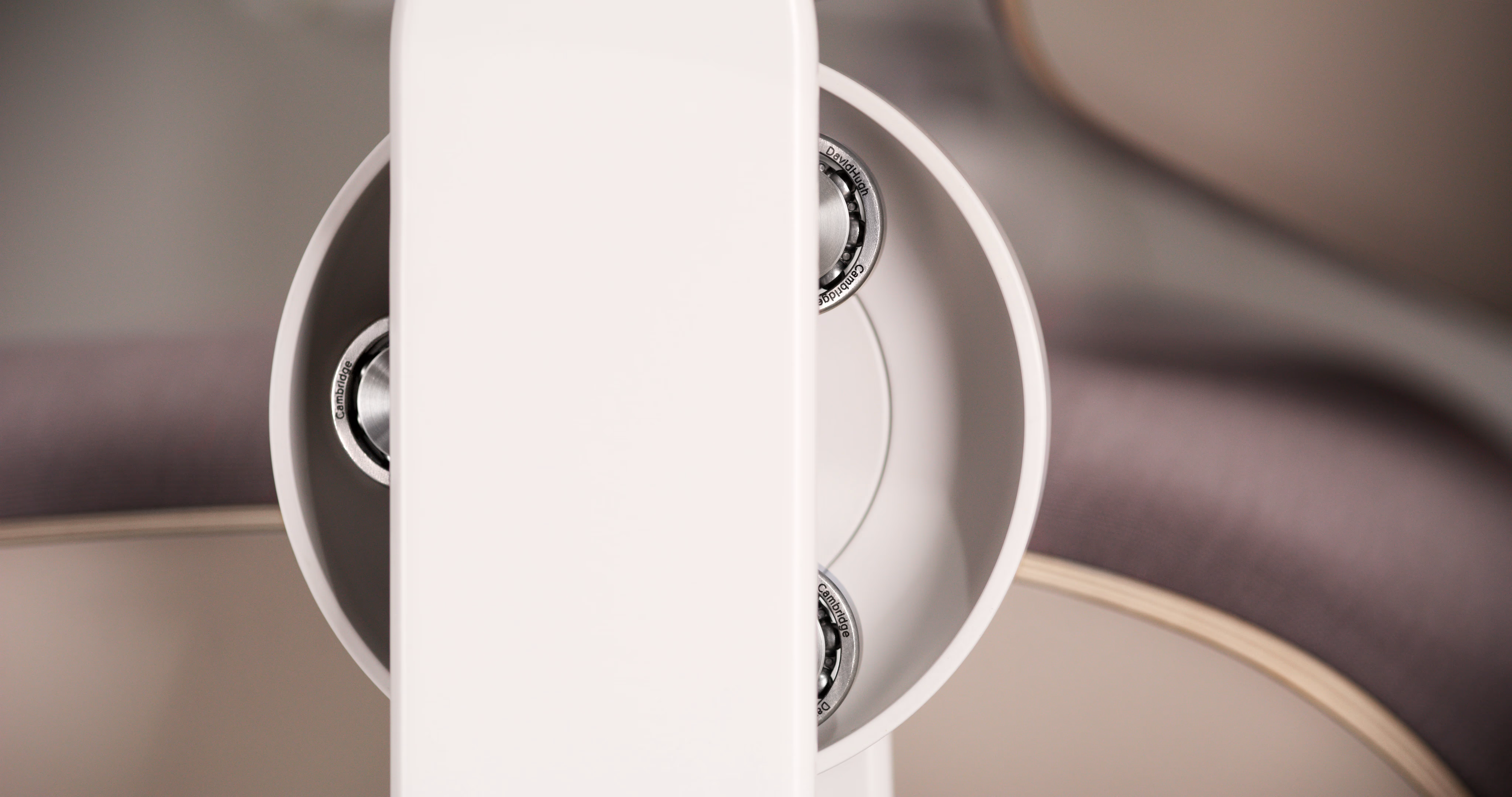Backed by Science

The research further indicates a hemispheric shift in brainwave activity towards the right hemisphere. Compared with a control recliner chair, participants reported significantly greater non-ordinary states of consciousness, characterised as heightened, transcendent, and deeply peaceful.
White Papers

Neurophysiology and Phenomenology of Floatation®
This white paper reports the neurophysiological and phenomenological effects of the latest generation Floatation® technology, drawing on research conducted in both controlled laboratory and applied environments. Findings reveal distinct interactions between set, setting, and conscious experience, illustrating the technology’s unique potential to evoke deep mindfulness, heightened conscious activity, and elevated cognitive and emotional states.
Full Paper
Human Kinetics in Floatation® Technology
This white paper describes how advanced kinetic analysis has informed Floatation® technology: a seating mechanism that removes the effects of gravity, friction, and mechanical dampening to fundamentally transform human motion, balance, and perception. By enabling movement in a perfectly balanced, weightless state, Floatation® technology engages the body’s intrinsic sensory systems, allowing individuals to experience the inertia of their entire body with practically no external force. This mechanism is central to the ability of Floatation® technology to reduce external sensory input (exteroception) while heightening internal sensory awareness (interoception).
Full Paper

